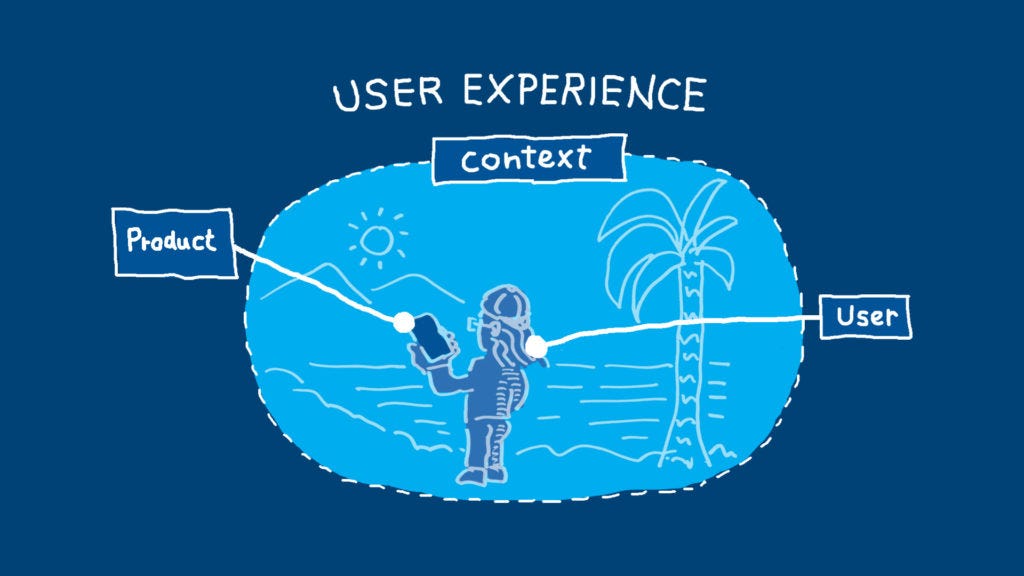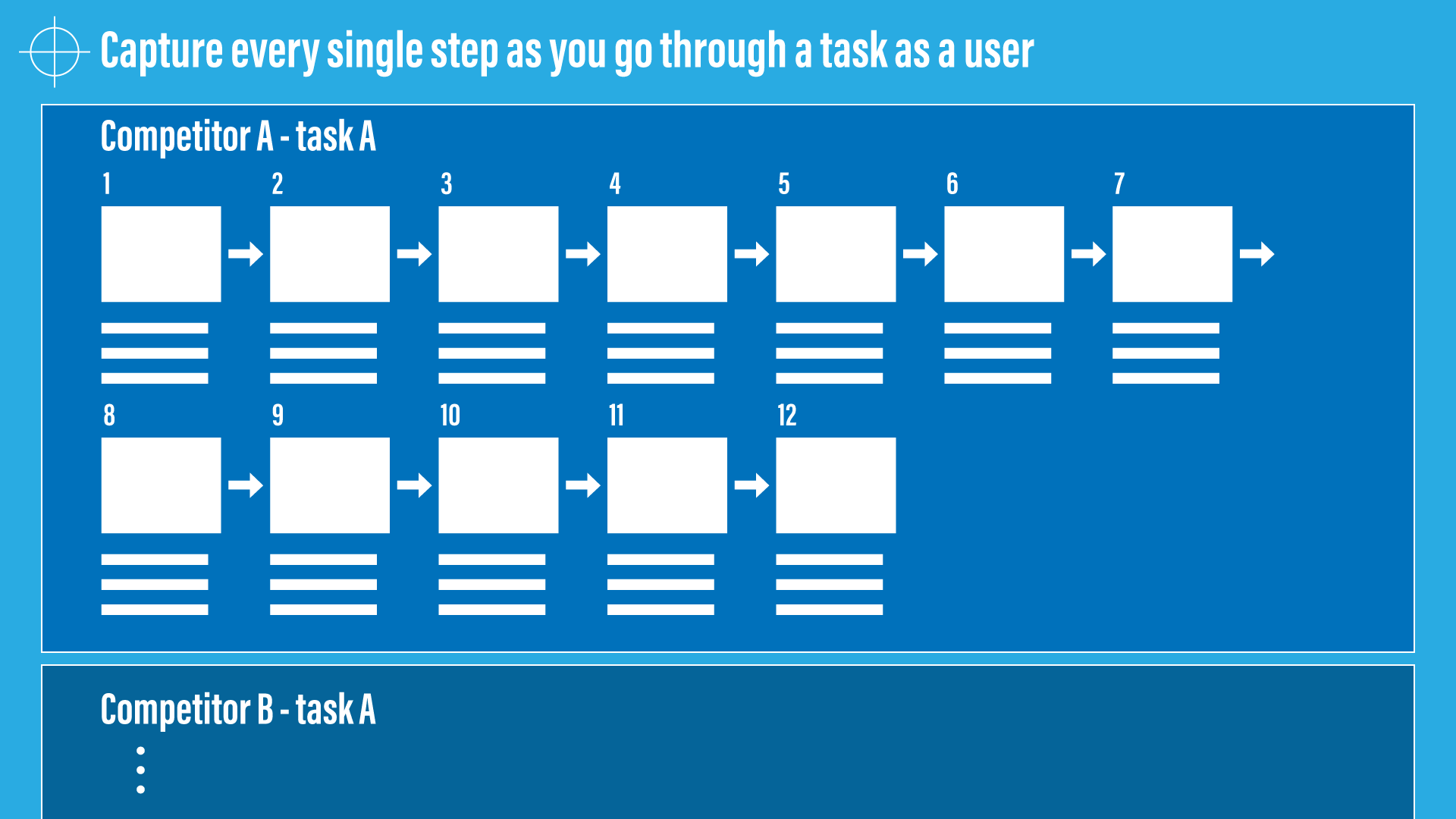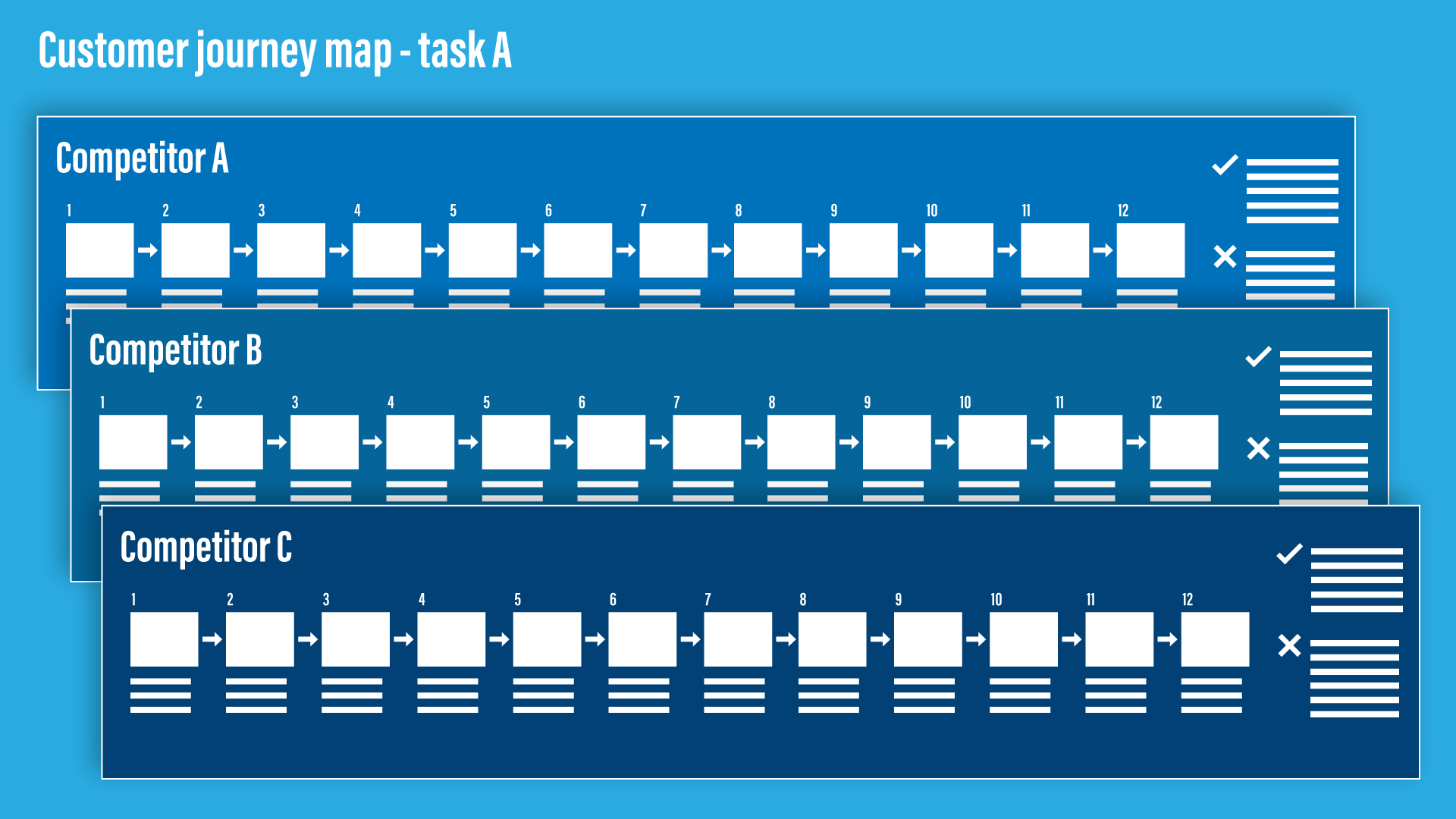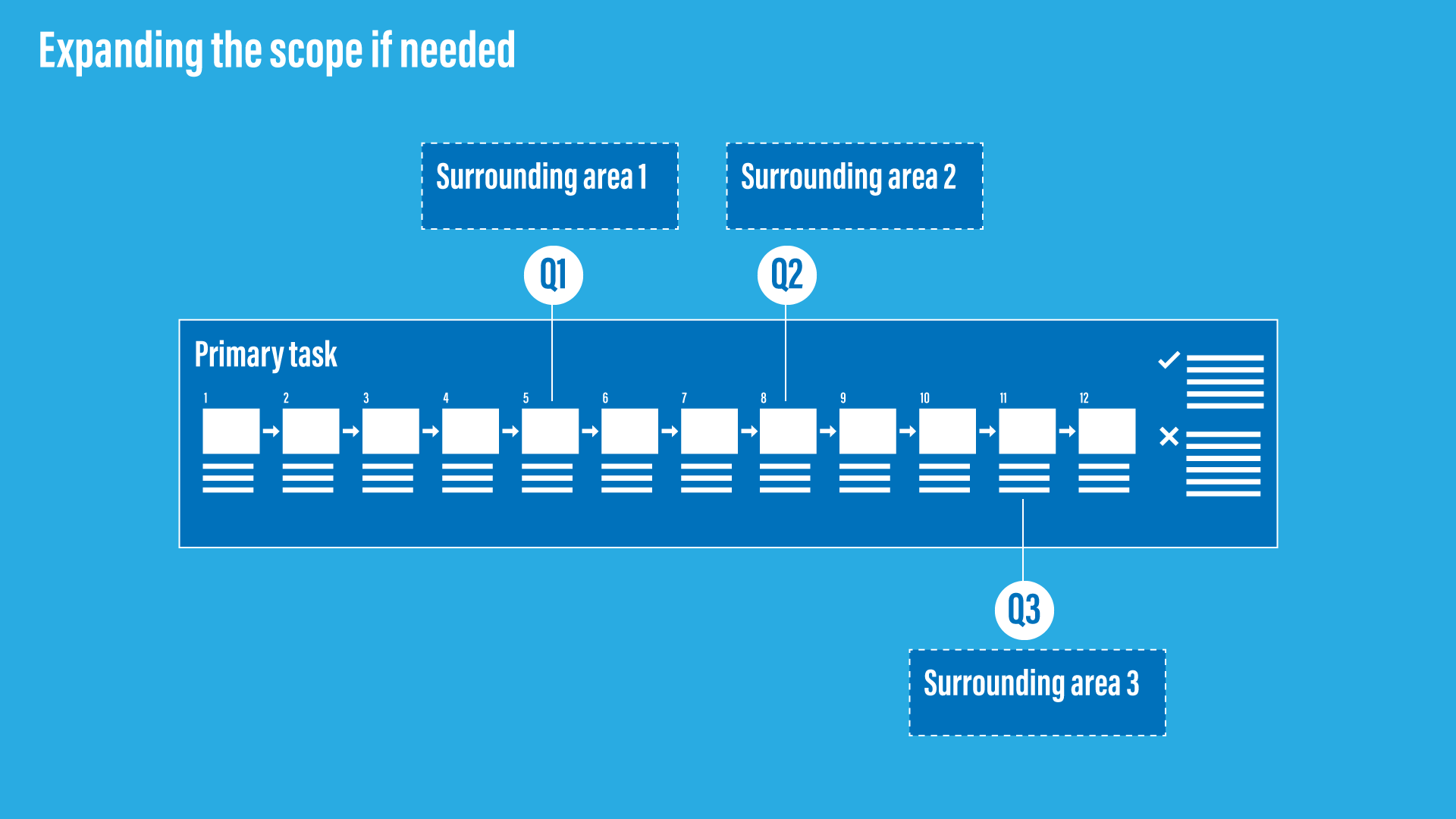Competitive analysis — I am not talking about competitive market analysis such as market share, revenue, value proposition and number of customers, which are typically done by PM, a product manager. I am talking about a competitive analysis of a user experience of competitor products as a UX designer.
If you do it with the right approach, you can learn a lot of things, which will greatly benefit your UX work.
In this article, I would like to share one of effective approaches to conduct a competitive analysis in a UX project.
1. See a big picture first

Many people might be tempted to jump right in to a competitor’s product, and start analyzing every single element of its interface right away.
But this is not a good idea, as it makes you get caught up on all the interface details without understanding a bigger picture.
The purpose of competitive analysis, or competitive benchmark is to learn from other products so that you can create something better.
The key is to see a big picture first, rather than getting caught up in details.
2. See things in context

A user experience happens when there are:
- Product
- User
- Context
This means that it’s important to always see things in context, put yourself in user’s shoes, and focus on a user experience from a user’s point of view, NOT from a UX expert’s point of view from a distance.
Because we as UX designers are UX experts, we tend to take experts’ point of views almost instantly by default without realizing it unless we pay a close attention not to do so.
3. Define a focus area, then experience products as a user
It’s usually better to define a focus area that I want to compare across competitors, depending on the focus and scope of a project.
If I don’t have any particular focus area, it’s generally best to look into a primary task a product offers, what the product is meant to do.
For example, if I am trying to create a user experience for a new travel booking service, I would want to do a competitive analysis on competitors’ travel booking sites.
When I think about travel booking sites, the primary goal for users are to book flight+hotel+car in the best deal possible.
Logically, I would try all the competitor sites such as Expedia, Hotwire, Kayak and so on to actually do a booking as a user, and document every step of my experience by taking screenshots, notes, and screen recordings.

I may want to do this in both PC web and mobile (iOS, Android).
4. Create a customer journey map
Above #3 will result in creating a customer journey map of the primary task flow of all the competitors.

At this point, I typically would have accumulated ton of findings and insights, such as strengths, weaknesses, uniquenesses of each competitor, documented along the way.
5. Expand to surrounding areas if needed
Going through primary tasks across multiple competitors will open up surrounding and relevant new questions.

For example, I might want to find out how a user discovers these travel booking services in the first place, whether via Facebook ads, Google ads, direct email marketing, or simply search in Google.
- How do competitors appear in a search result?
- How do competitors do their SEO — search engine optimization?
- How do competitors do follow-ups once a booking is completed?
- What are the confirmation emails that they send out?
Among these, I can decide on which area to further conduct competitive analysis depending on my project goals and my resource constrains (man power, timeline/etc).
Competitive analysis could be a powerful tool
Competitive analysis, or competitive benchmark might sound tedious or overwhelming, but it’s not.
As long as you understand the core principles and set a clear focus and goals, it becomes a powerful and valuable tool to strengthen your design output.
Competitive analysis is also not something rigid that you have to follow one particular way. You should feel free to adapt to your own needs.
For example, if you are working on an additional specific feature for a particular product, you can just look into that specific feature.
Look beyond direct competitors
You don’t necessarily need to limit yourself to only looking into direct competitors of your product either.
Look beyond direct competitors.
This is not a competitive market analysis, the focus is user experience.
For example, if I am working on a travel booking product and looking for some reference and inspirations for a wizard, I can look into healthcare products or financial products too. Or if I’m looking for an efficient way to apply an advanced filter, I may look into online retail stores.
Often times, I find better examples of what I am looking for from totally different, unexpected industry or field.
Every single product is different. When you look into a reference from a different field or even from the same industry, you need to understand the specific context that each product has, because those might be quite different from your product.
The reason for doing competitive analysis is not to copy competitors blindly, but to gain insights through learning from others, to shed light to your project from a different perspective, then to help improve your design.
As long as you do it with this in mind, your competitive analysis will be beneficial to your project.
In this world, so many people have tried so many things already. It’s literary impossible to learn every single relevant thing that was ever created by everyone. And it is possible that this cool new interaction design concept that I just came up with might be something that a dozen other people have already tried a few years ago.
However, just spending some time on researching competitor products or relevant features and interactions of other products will give you a lot of learning opportunities and insights that you may not have thought of.
I always get a huge benefit from doing a competitive analysis whenever I work on a UX project.
You’ll be surprised how much you can learn from competitive analysis, how much it inspires you.
Check out YouTube version.
This article was also published on Medium in UX Collective.
To learn more details about competitive analysis, check out my video course!
Competitive analysis (or competitive benchmark) is part of a 5 step UX process. TO learn more about how to work on your own UX project, check this article.


